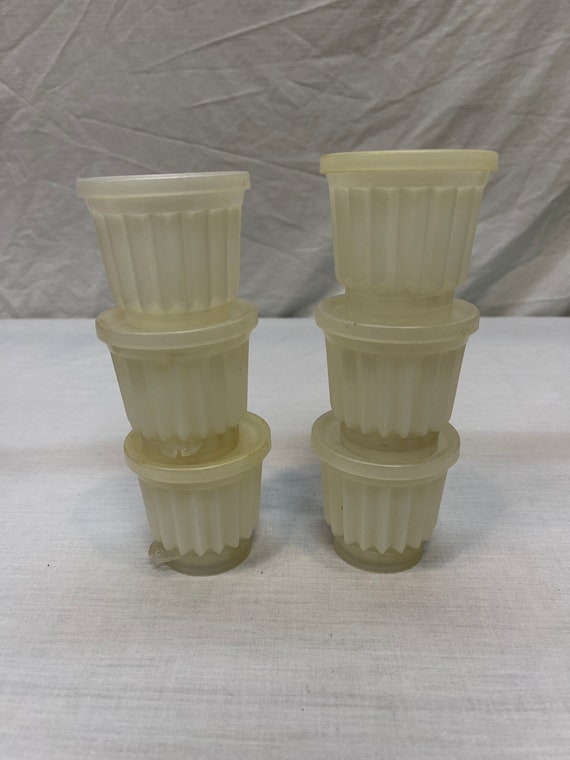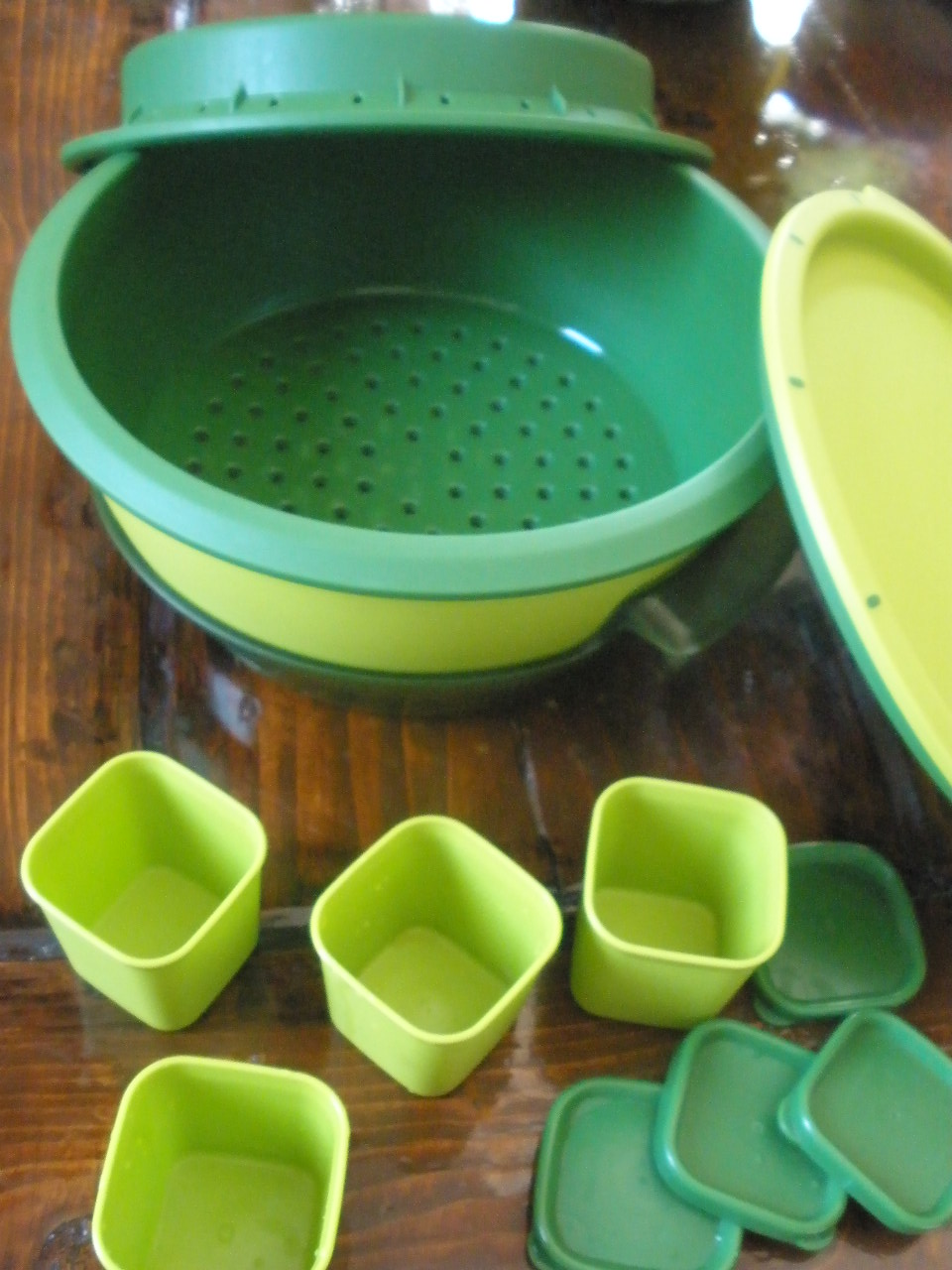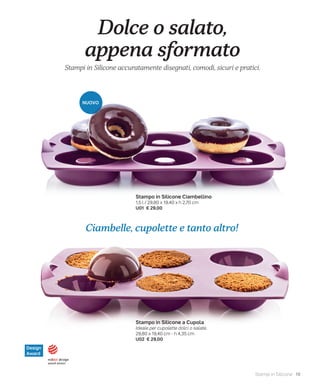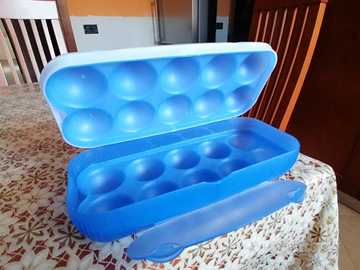Stampo da forno in Silicone per bicchieri uova a sorpresa, cottura, uova, Magenta, Muffin, stampo per torte, forma di uovo Easyplus Is

Tupperware Italia - CARE OSPITI DEI NOSTRI ATELIER CULINARI, COME FAR DIVERTIRE I BAMBINI IN CUCINA? TUPPERWARE HA CHIESTO L'AIUTO DI UNA SIMPATICA AMICA...HELLO KITTY! PER TUTTE VOI IN OFFERTA LANCIO IL
Stampo da forno in Silicone per bicchieri uova a sorpresa, cottura, uova, Magenta, Muffin, stampo per torte, forma di uovo Easyplus Is













